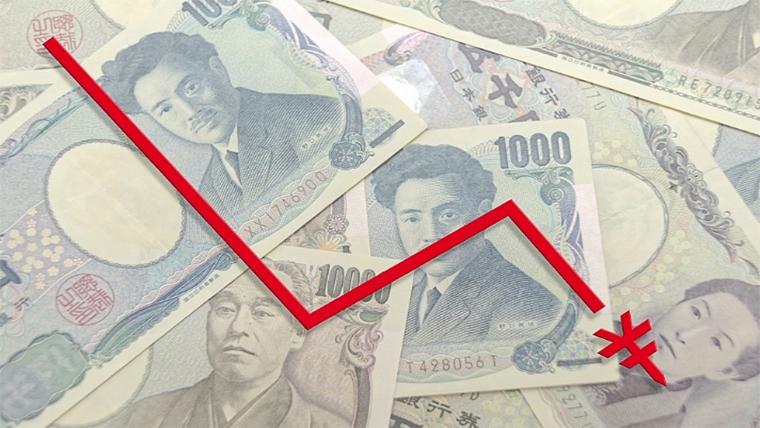
Despite little newsflow, global rates have kicked off the week grinding higher again, with fresh multi-year highs for US Treasury yields. The NZD traded at a fresh nine-month low overnight, trading down to 0.5897. Despite higher rates, US equities have recovered some lost ground.
There has been little news but that hasn’t stopped the US Treasuries market reaching some new milestones, with the real 10-year yield (as measured by the TIPS markets) breaking through 2% for the first time since 2009 and the nominal 10-year rate hitting its highest level since 2007, peaking at 4.35% overnight. The curve continues to steepen with the 2-year rate up 4bps from the Friday close, at 4.98% and the 10-year rate currently up 8bps to 4.34%.
The move comes ahead of a Treasury auction of $8b 30-year TIPS reopening towards the end of the week and ahead of that, $16b of the out-of-favour 20-year nominal Treasuries. The only important economic event on the calendar, is Fed Chair Powell’s Jackson Hole speech at the end of the week, where a Bloomberg survey shows a strong consensus that he will maintain a “hawkish hold” message – meaning rates on hold but watching the data for any possible sign that policy might need to tighten further.
Higher US Treasury yields have spilled over into European markets, with Germany’s 10-year rate up 8bps to 2.70% and the UK 10-year rate up 5bps to 4.72%.
After three consecutive weekly falls, for a change the higher rates backdrop hasn’t perturbed equity investors, with the S&P500 currently up ½% and the Nasdaq index up 1½%, supported by strong recoveries in Tesla and Nvidia, both up over 6%.
The data calendar has been light but worth noting was much weaker than expected German PPI inflation, with an annual fall of 6%, driven by the sharp decline in wholesale energy prices, while there were signs of deflation in other areas as well, such as intermediate goods.
Yesterday in China, the market expected banks to cut their 1-yr and 5-yr loan prime rates by 15bps, in line with the PBoC’s rate cut last week. But the 5-year rate – which is a key benchmark for mortgage rates – was left unchanged, while the 1-year rate was only cut by 10bps. Banks likely took the opportunity to boost their margins after the PBoC rate cut or decided that cutting rates would have little impact on credit demand, as per the trend for some time now. The lack of change in rates that impact businesses and households, added to the poor sentiment around China and highlighted the ineffectiveness of easier monetary policy.
This saw a weaker yuan through much of the Asian trading session, USD/CNH pushing up towards 7.34 before some order was restored, no doubt some intervention in the market helping, and this morning it is back below 7.29.
The NZD hit a fresh nine-month low overnight, edging below the 0.59 mark to 0.5897, but it has largely tracked sideways and the current level of 0.5925 is little changed from last week’s close. The AUD has been oscillating around the 0.64 mark and NZD/AUD is a touch weaker at 0.9235. EUR and GBP have made some small gains against the USD, seeing NZD crosses down to fresh multi-year lows and currently at 0.5635 and 0.4640 respectively. The higher rates backdrop has seen JPY underperform, taking USD/JPY back up through 146 and NZD/JPY is modestly higher at 86.6.
In a quiet trading session, NZGBs pushed higher, with rates up 2-4bps across the curve, underperforming the swaps market which showed little change in rates. Piquing the interest of the market, was a downbeat fiscal report by Westpac, highlighting expectations of wider budget deficits, the bond programme for FY24 rising by $6b and the four-year ahead programme rising by around $15b at the pre-election fiscal update on 12 September – all this adding to the tsunami of current supply. When questioned on this by reporters, PM Hipkins said he was “very aware of the financial pressure the Crown accounts are under”.
Higher global rates overnight, including a 3bps lift in yield implied by the Australian 10-year bond future will set the tone for trading when the NZ market opens. The economic calendar remains light in the day ahead, with no top tier releases and with the consensus seeing a small fall in US existing home sales for July.

We welcome your comments below. If you are not already registered, please register to comment
Remember we welcome robust, respectful and insightful debate. We don't welcome abusive or defamatory comments and will de-register those repeatedly making such comments. Our current comment policy is here.